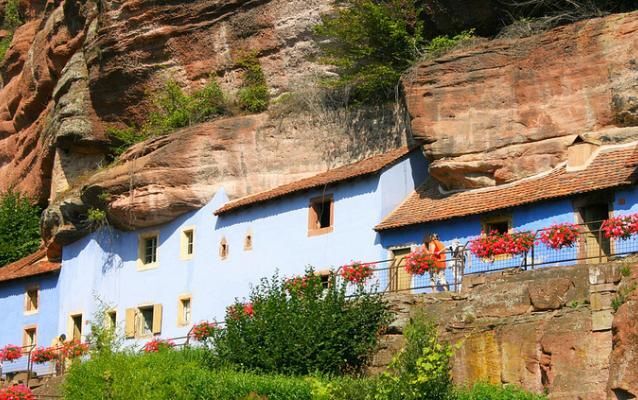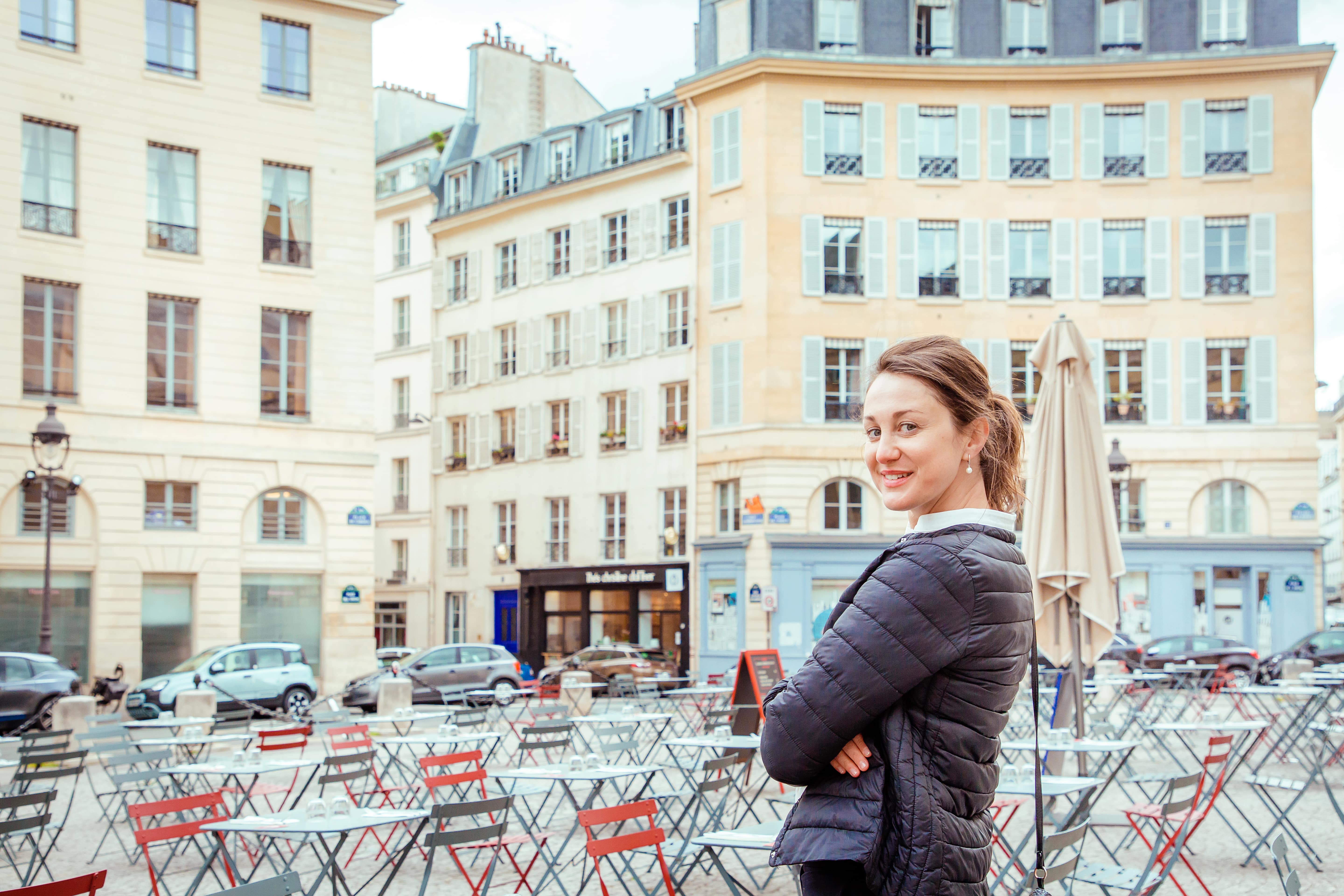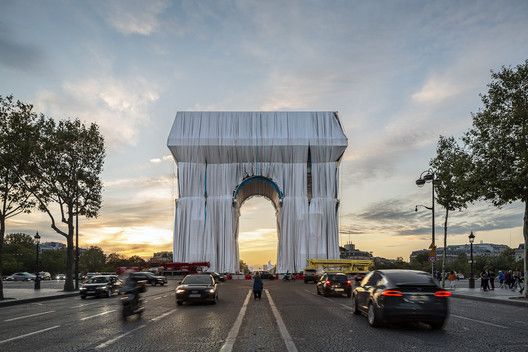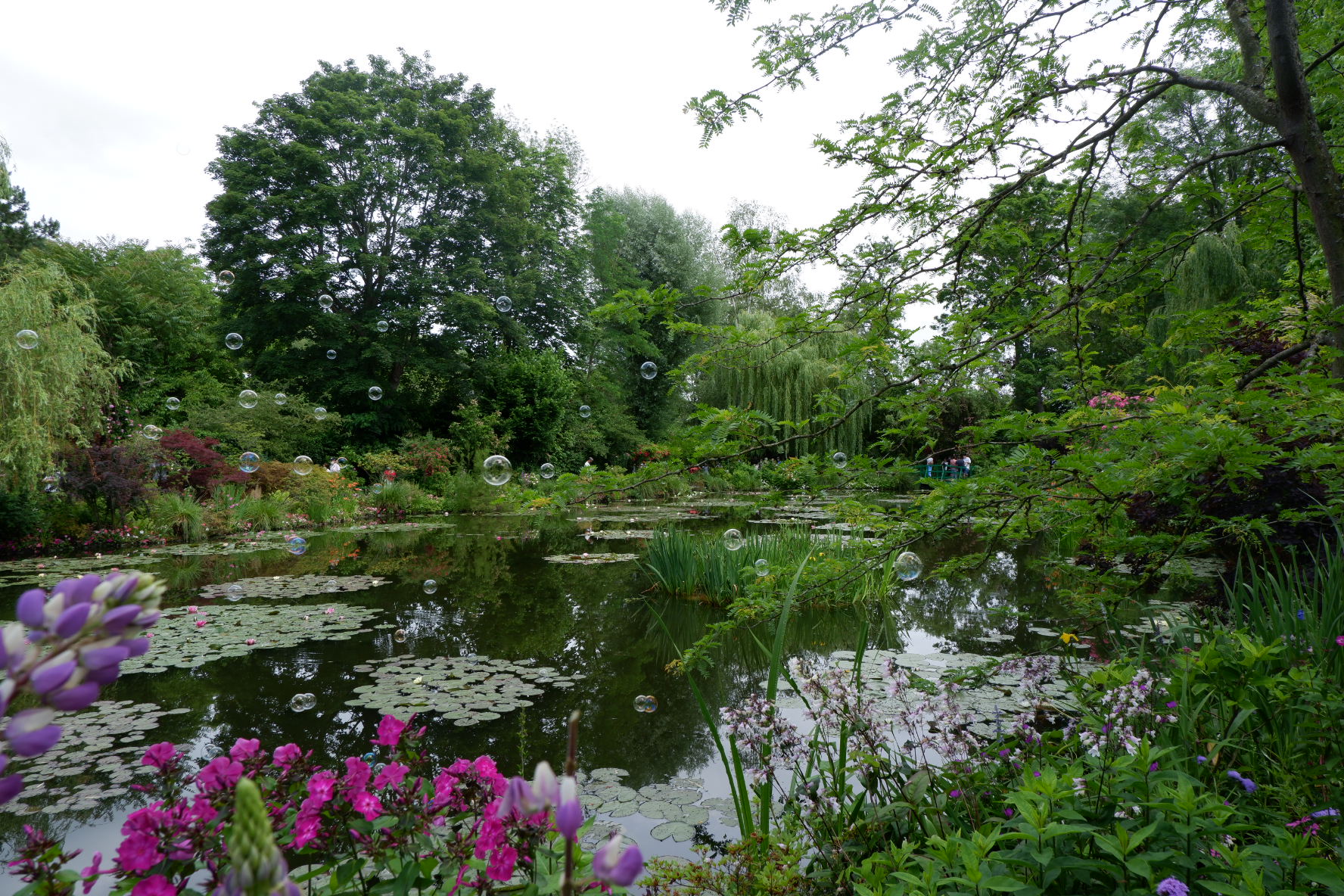L’Art de vivre
à la française
à la française
L’Art de vivre
à la française
The best of one day trip from Paris; the troglodyte habitat in France
I invite you to continue discovering Normandie because it is really worth it! I should rather say that this travel idea is a non-mainstream destination in France. Come on, let’s give the Eiffel tower a small break and let’s lance for something out of normal, out of cliché. Are you ready?
After having explored the Château Gaillard’s great past, I’m on my way to Orival village. Two hours away from Paris, still in Normandy region, in the white limestone cliffs of the Seine valley, a real treasure is hidden.
It is the troglodyte habitat. The ones I’ve discovered near Orival village date back to the 17 century. Sad to say, but the houses didn't keep their original aspect in this very place. However, the atmosphere, the long labyrinths in caves, and charming snaky paths around are still present.
The troglodyte building’s concept existed for many millennia
So, what is this strange word “troglodyte”? Here is what Wiki says:
“The word "troglodyte" comes from the Latin "troglodyta", which comes from the ancient Greek τρωγλοδύτης, and means to enter, or dive in a cave. A “troglodyte” is a human being or an animal inhabiting a cave or a dwelling dug in the rock or leaning on cliffs.”
“The troglodyte habitat is, since prehistoric times, an architecture, rudimentary or sumptuous, present in different traditions consisting in developing underground habitats. The troglodyte houses are generally dug in sedimentary or volcanic rocks (limestone, molasse, sandstone, tuff, loess, etc.)”
France is a real home to such architectural gems hidden in the cliffs.
They have been found in Anjou, in Touraine, in Saumur, in the valley of the Seine. The troglodyte houses have been present since prehistoric times in the Dordogne as well. Me personally, I can’t stop admiring this testimony of the ability of a man to adapt to his environment. So impressive!
But let’s get back to the Orival village. Along the Seine, I soon notice the rising white cliffs: here they are; the Roches d´Orival. The whole site is surrounded by calcareous lawns and exceptional flora and fawns. The perfect place for hiking!
In the area, one can find the traces of the Richard’s the Lionheart Château-Fouet, built-in 1195. It is this strategical position that the King had chosen for a castle on his return from the Holy Land. The famous Château Gaillard is already in the plans of the English king at that time. In 1204, the Château de la Roche Fouet was ruined, then abandoned.
You can find there a great spot for the magnificent panorama on the Seine. There are also the remains of Roman entrenched camps around there, and brick ovens used during the 19th century.
Great place if you like adventure, tracking, hiking, or paleontology!
I highly recommend it!
In italiano
Il meglio della gita di un giorno da Parigi; l'habitat troglodita nella valle della Senna
Dunque ti invito a continuare di scoprire la regione di Normandia perché ne vale veramente la pena! Dovrei dire però, che proprio questa idea del viaggio è una destinazione non cliché in Francia. Tuttavia, diamo una piccola pausa alla torre Eifel e lanciamoci per qualcosa fuori del ordinario. Sei pronto?
Dopo aver esplorato il grande passato dello Château Gaillard, Io continuo il mio viaggio in Normandia. A due ore da Parigi, nella città di Orival, della regione, nelle bianche scogliere calcaree della valle della Senna si nasconde un vero tesoro. Il suo nome è l'habitat troglodita. Quelli che ho scoperto vicino a Orival risalgono al XVII secolo. È un po' triste, ma le case non hanno mantenuto il loro aspetto originale proprio in quel luogo. Tuttavia, l'atmosfera, i lunghi labirinti nelle grotte e gli affascinanti sentieri serpeggianti intorno sono sempre presenti.
Il concetto di edificio troglodita esisteva da molti millenni
Allora, cosa significa questa strana parola "troglodita"? Ecco cosa dice Wiki:
“La parola" troglodita "deriva dal latino" troglodyta ", che deriva dal greco antico τρωγλοδύτης, e significa entrare, o immergersi in una grotta. Un “troglodita” è un essere umano o un animale che abita in una grotta o un'abitazione scavata nella roccia”.
“L'habitat troglodita è, fin dalla preistoria, un'architettura, rudimentale o sontuosa, presente in diverse tradizioni dello sviluppo di abitazioni sotterranei. Le case troglodite sono generalmente scavate in rocce sedimentarie oppure quelle vulcaniche (calcare, molassa, arenaria, tufo, loess, ecc.)”
La Francia è una vera casa per queste gemme architettoniche nascoste nelle scogliere. Sono stati trovati in Anjou, in Touraine, a Saumur, nella valle della Senna. Le case troglodite sono presenti fin dalla preistoria anche in Dordogna. Non riesco a smettere di ammirare questa testimonianza della capacità dell'uomo di adattarsi al suo ambiente. Prendiamo ad esempio il villaggio troglodita della Loira (nella foto dell'articolo) o i trogloditi di Duclaire. È veramente impressionante!
Ma torniamo alla città di Orival. Lungo la Senna, vedo subito le scogliere bianche che si innalzano: eccole; Le rocce d´Orivale. L'intero sito è circondato da prati calcarei e flora eccezionale. Il luogo perfetto per fare una bella passeggiata.
Nella zona si trovano le tracce del castello-Fouet di Riccardo Cuore di Leone, costruito nel 1195. Quella posizione strategica era scelta dal re inglese al suo ritorno dalla Terra Santa.
Il famoso Château Gaillard nasce subito dopo
Nel 1204 il castello della Roche Fouet fu distrutto, poi abbandonato.
Nella discesa nei pressi dei ruderi del castello si trova un ottimo posto per il panorama senza fiato sulla Senna.
Ottimo posto se ami l'avventura, il esplorare, passeggiare e la paleontologia! Lo consiglio vivamente!







